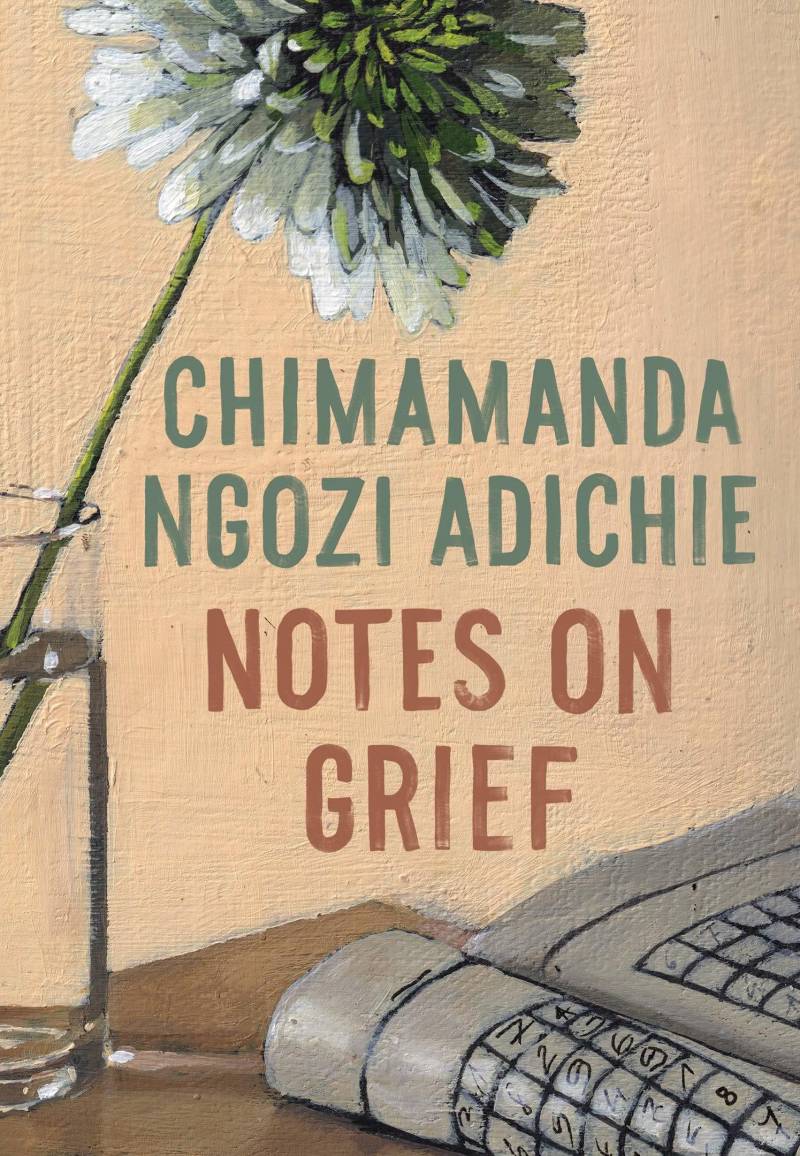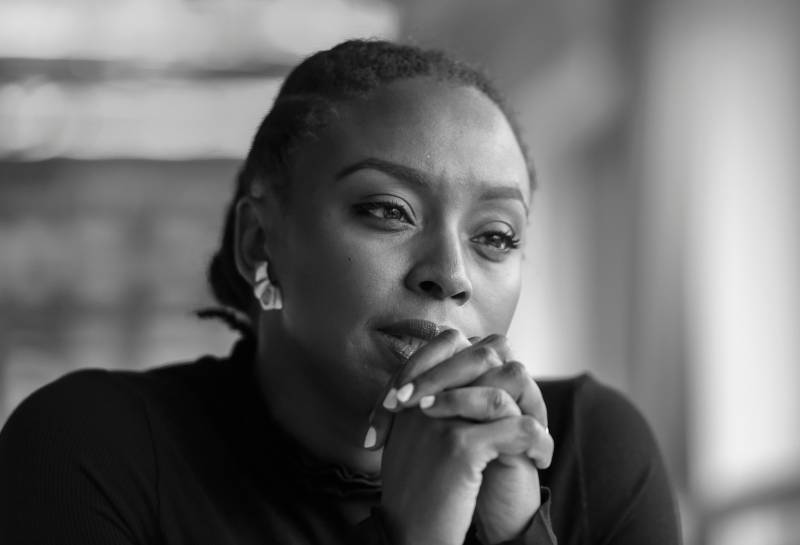The lament, a lyrical outpouring of sorrow, is one of the oldest and most universal art forms, with The Lament for Sumer and Ur dating back 4,000 years to ancient Sumer.
Across time and cultures, the lament has been seen in The Illiad and the Hindu Vedas, Beowulf and the Christian Bible. It has been seen in the operas of Monteverdi and Purcell, the music of Mozart and Rossini. The lament permeates the piobaireachd music of Scotland. And for millenia, the lament has characterized African mourning traditions, from the Bantu in the East to the Igbo in the West.
In Chimamanda Ngozi Adichie’s Notes on Grief, the lament composed to honor and process the death of her father during the early days of the global COVID-19 pandemic, one of our century’s most gifted artists of language makes visceral the experience of death and grieving. In poetic bursts of imagistic prose that mirror the fracturing of self after the death of a beloved parent, Adichie constructs a narrative of mourning—of haunting and of love.

Adichie begins with her understanding of how grief is a raw physical thing, as uncontrollable as the urge to expel bile when sick, as the need to push during childbirth. Perhaps this is because grief is not a choice—nor is the depth of grief one feels. It is all consuming; it overtakes one like the pounding of the monsoon during the rainy season and all one can do is hold on and hope not to be swept underneath by the intensity of its force. Writes Adichie:
“My four year old daughter says I scared her. She got down on her knees to demonstrate, her small clenched fist rising and falling, and her mimicry makes me see myself as I was: utterly unraveling, screaming and pounding the floor. The news is like a vicious uprooting.”
Even here, even in the retrospective lament, to look directly at the grief is too much to bear. Adichie must construct the frame of her daughter’s seeing in order to look at the manifestation of her own pain. Grief, Adichie tells us, is grounded in the body memory. “The pain is not surprising, but its physicality is,” she writes early on, her sides achy from crying, her arms heavy with sorrow; understanding that mourning is an act of the whole body.

9(MDAxOTAwOTE4MDEyMTkxMDAzNjczZDljZA004))

